Discover Pandipedia
Pandipedia is the world's first encyclopaedia of machine generated content approved by humans. You can contribute by simply searching and clicking/tapping on "Add To Pandipedia" in the answer you like. Learn More
Expand the world's knowledge as you search and help others. Go you!

Travel has consistently been recognized as a powerful catalyst for personal growth and development. By exposing individuals to new experiences, cultures, and challenges, travel can enhance various aspects of emotional and cognitive development. This report explores the multifaceted ways in which travel fosters personal growth, drawing from numerous studies and expert opinions.
Broadening Perspectives

One of the most significant benefits of travel is its ability to expand one's worldview. By engaging with different cultures and lifestyles, travelers challenge their preconceived notions about the world. This exposure leads to greater empathy and understanding, as individuals learn to appreciate diverse customs and perspectives. As noted in a source, “Travel allows us to witness firsthand how the actions and decisions of individuals and nations have ripple effects far beyond their borders,” fostering a sense of global citizenship[9]. Furthermore, interacting with locals provides valuable insights that teach appreciation for the complexity and richness of human diversity, countering stereotypes and biases[9][7].
Building Confidence and Resilience
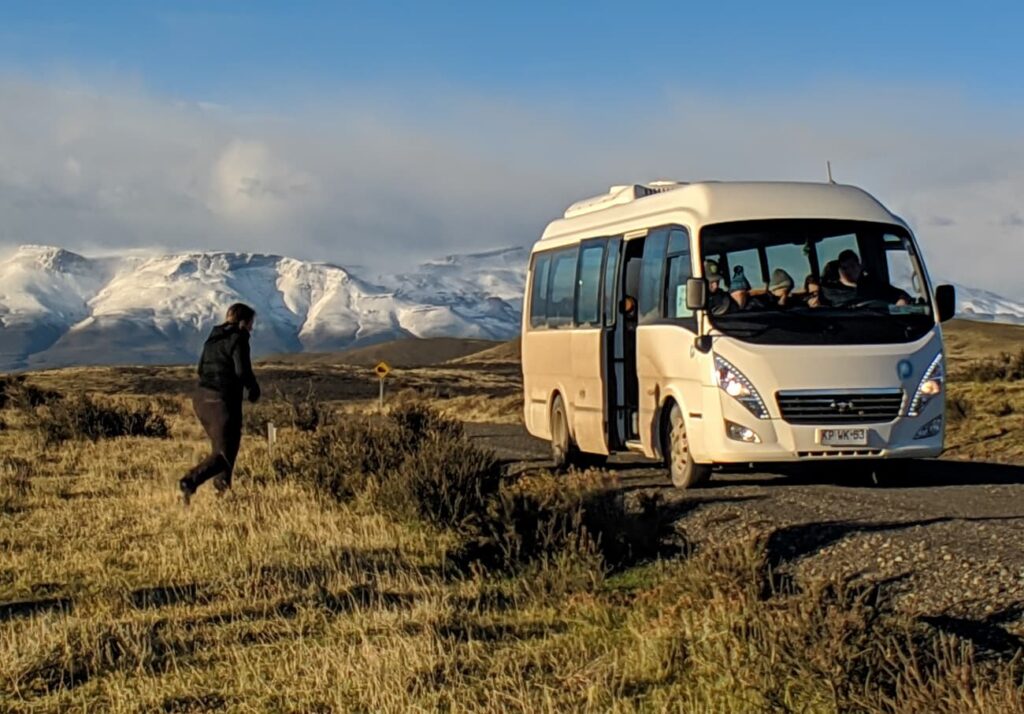
Travel inherently involves stepping out of one's comfort zone, which can significantly bolster self-confidence. As individuals navigate unfamiliar environments, face language barriers, and adapt to new cultural norms, they develop resilience. The ability to tackle unexpected situations enhances problem-solving skills and promotes a ‘can-do’ attitude towards challenges. For example, travel frequently requires individuals to “manage on their own in unfamiliar settings,” fostering self-reliance in the process[5]. A psychologist noted, “Traveling is essential to promoting happiness and managing stressful situations,” which underlines the therapeutic benefits of overcoming travel-related challenges[7].
Enhancing Mindfulness and Creativity

Travel encourages people to live in the moment, paying attention to their surroundings and experiences. This heightened state of mindfulness can lead to increased creativity and cognitive flexibility. As individuals immerse themselves in new cultures, they stimulate their brains to form new neural connections, enhancing creative thinking and adaptability[10][7]. Evidence supports that “foreign experiences increase cognitive flexibility and depth and integrativeness of thought,” making travelers more innovative[4].
Personal Identity Exploration

Travel can serve as a significant platform for self-discovery and identity formation. Individuals often return from their journeys with a revised understanding of who they are. A traveler shared that being in a new environment allowed them to “present yourself in whatever way feels true,” highlighting how travel can enable personal reinvention[3]. This ability to reassess one’s identity away from the expectations of familiar settings can lead to profound transformations in self-perception and values[8].
Enhanced Emotional Well-Being

The psychological benefits of travel extend to emotional health, providing relief from stress and anxiety. Regular travel has been linked to improvements in mood and overall mental health. Research indicates that “80% of respondents said travel improves their general mood and outlook on life”[4]. Furthermore, the anticipation of a trip can enhance well-being even before travel begins, as individuals feel happier when they have a vacation planned[10]. This positive impact can last well beyond the trip, with many people experiencing residual benefits such as improved mental clarity and energy upon their return[6][10].
Strengthening Relationships
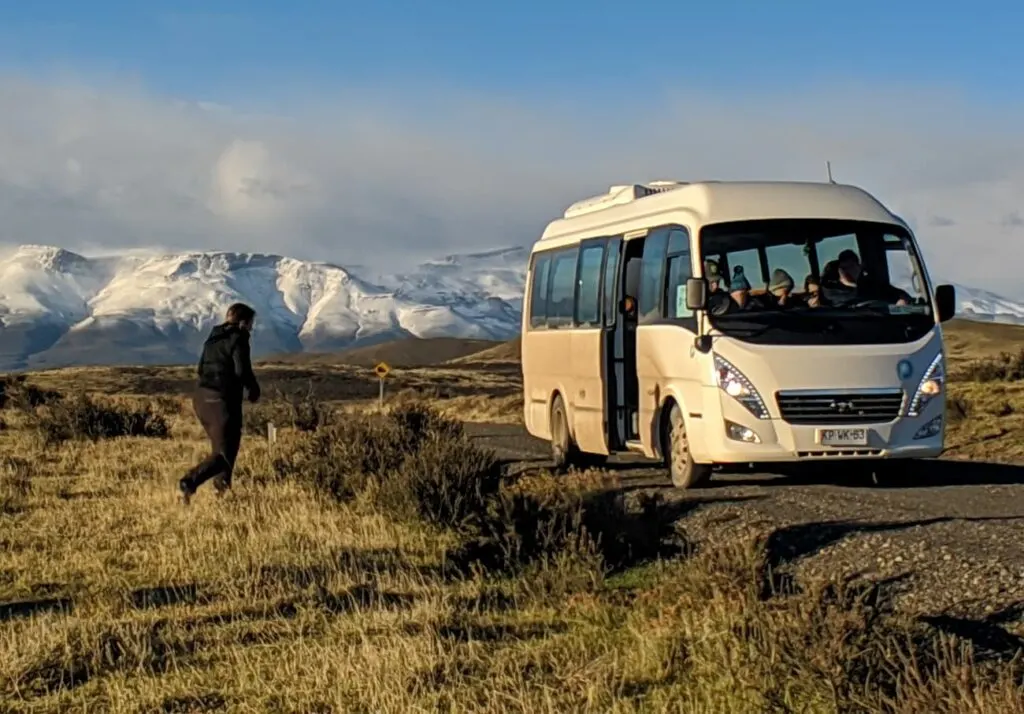
Traveling with family or friends can also reinforce personal relationships, enhancing feelings of love and belonging. Shared travel experiences facilitate deeper connections and help couples or friends develop a sense of shared goals[10]. One source emphasized that “sharing your amazing travel adventures with loved ones helps enhance your connection with them while intensifying feelings of love and belonging”[4]. Thus, travel acts not only as an individual growth opportunity but also as a means to strengthen interpersonal bonds and improve communal ties.
Conclusion
Travel is a potent agent of personal growth, offering a wealth of experiences that foster confidence, creativity, resilience, and emotional well-being. By engaging with diverse cultures and navigating unfamiliar environments, individuals can expand their horizons, nurturing empathy and understanding. These transformative experiences can significantly impact how travelers perceive themselves and their place in the global community, making travel not just a leisure activity but a crucial component of personal development. The psychological benefits of travel reinforce its importance as a tool for self-discovery and emotional health, underlining the need for individuals to embrace the opportunity to explore the world around them.
Let's look at alternatives:
- Modify the query.
- Start a new thread.
- Remove sources (if manually added).
- Request a manual search from our human research team.
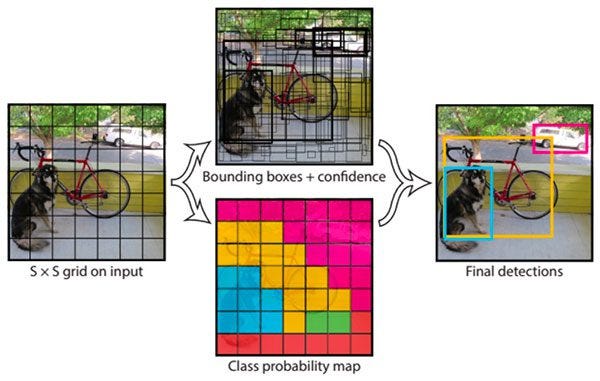
YOLO, which stands for 'You Only Look Once,' revolutionized object detection by treating it as a regression problem rather than a classification task. This unique approach allows YOLO to utilize a single convolutional neural network to predict bounding boxes and associated probabilities simultaneously, resulting in faster and more accurate detection compared to traditional methods that relied on multi-stage pipelines[3][4].
The algorithm achieves remarkable speed, processing images at about 45 frames per second while maintaining high mean Average Precision. This efficiency has made YOLO a top choice for real-time applications across various fields, including autonomous driving, surveillance, and medical imaging[1][2].
Let's look at alternatives:
- Modify the query.
- Start a new thread.
- Remove sources (if manually added).
- Request a manual search from our human research team.
Get more accurate answers with Super Search, upload files, personalised discovery feed, save searches and contribute to the PandiPedia.
Machine learning (ML) plays a crucial role in transforming various everyday technologies, improving efficiency, personalization, and automation across multiple sectors. From healthcare to marketing, its applications significantly enhance user experiences and streamline processes.
Enhancing Customer Experience and Personalization

Machine learning is fundamentally changing how businesses interact with customers. For instance, in marketing, ML algorithms are employed to understand consumer behavior, tailoring experiences based on individual preferences. Companies leverage ML to monitor customer interactions, identify interests, and suggest relevant products or services. For example, 35% of Amazon's sales now stem from product recommendations generated by analyzing customer viewing and purchase histories[2]. Similarly, streaming services like Netflix use ML to recommend shows based on viewing habits, with around 75% of content consumed stemming from these suggestions[2].
In e-commerce, ML algorithms assist businesses in re-engaging customers by targeting those who abandoned their shopping carts or browsing their websites. This targeted approach enhances the likelihood of conversions, thereby increasing sales[1]. Through tools like chatbots, powered by ML, companies can provide immediate customer service, significantly improving satisfaction by offering around-the-clock support without delays[1].
Automation in Daily Tasks
Machine learning dramatically automates numerous tasks, particularly in industries like finance and health care. In finance, ML is utilized for real-time fraud detection by analyzing millions of transactions to pinpoint anomalies, allowing institutions like American Express to identify and alert customers about fraudulent charges almost instantaneously[2]. This automation not only saves time but also boosts customer confidence in financial institutions' security measures.
Healthcare applications also highlight the impact of machine learning. ML aids in disease diagnosis by analyzing patient data and medical imaging. For instance, algorithms have been developed to enhance the accuracy of tumor detection in mammograms, outperforming traditional methods that miss nearly 40% of cancers[1]. Moreover, ML tools can provide preliminary medical recommendations through virtual assistants, streamlining patient interactions and easing the workload on healthcare professionals[3].
Smart Technologies in Transportation
The transportation sector has also benefited significantly from machine learning applications. Ride-sharing companies like Uber and Lyft depend on ML algorithms to match riders with drivers efficiently, considering factors such as historical data and real-time traffic conditions to optimize routes and estimated arrival times[1][3]. Google Maps utilizes ML to assess current traffic patterns and suggest alternatives, providing users with timely information that enhances their travel experience[1].
In the realm of autonomous vehicles, machine learning is critical for their operation. By employing ML for real-time data interpretation from sensors and cameras, these vehicles can make split-second decisions that ensure safety and efficiency while navigating complex environments[3]. This capability underpins self-driving cars' navigation, object recognition, and adaptive learning in varying conditions.
Transformative Power in Marketing Strategies
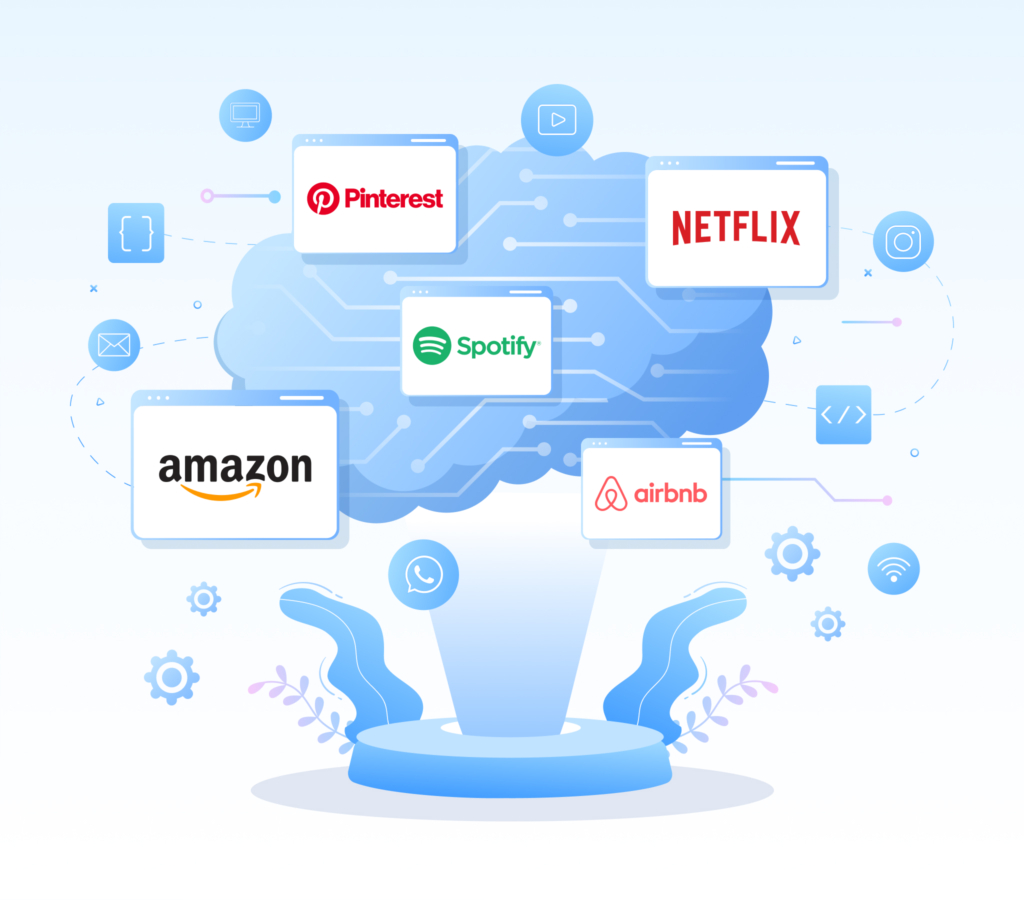
Machine learning's influence extends to marketing strategies, providing tools that enhance targeting and advertisement effectiveness. For example, ML enables precise customer segmentation based on purchasing behavior and demographics, allowing businesses to deliver tailored advertisements that resonate with specific audiences[3]. By utilizing predictive analytics, brands can forecast demand and adjust their marketing strategies accordingly, ensuring optimal resource allocation and inventory management[3].
Furthermore, ML is revolutionizing the operational efficiency within marketing departments. The automation of data analysis, content optimization, and customer interaction tasks frees up valuable time for marketers to focus on strategic initiatives[3]. This shift not only improves workplace productivity but also leads to better outcomes in customer outreach.
Conclusion
Machine learning significantly influences everyday technology by enhancing personalization, automating processes, and transforming customer interactions across various industries. As ML algorithms continually evolve, the potential applications will expand further, making technology smarter and user experiences more seamless. Whether through personalized recommendations, real-time fraud detection, or efficient transportation solutions, machine learning stands as a pillar of innovation in our daily lives, driving efficiency and improving decision-making across sectors.
Let's look at alternatives:
- Modify the query.
- Start a new thread.
- Remove sources (if manually added).
- Request a manual search from our human research team.
Let's look at alternatives:
- Modify the query.
- Start a new thread.
- Remove sources (if manually added).
- Request a manual search from our human research team.

Nunataks are unique geological formations found in polar regions, particularly in Antarctica and Greenland. The term 'nunatak' originates from the Greenlandic word meaning 'lonely peak,' referring to mountain summits that rise above extensive ice sheets or glaciers, creating isolated peaks amidst a vast icy landscape[2][12]. These formations serve as crucial reference points in glaciated areas, aiding navigation and research for scientists exploring these harsh environments[10].
The Misinterpretation of 'Pyramids'

Recent fascination with nunataks has surged, especially due to claims regarding pyramid-shaped mountains in Antarctica. However, many such structures simply result from natural geological processes, specifically glacial erosion that forms distinct peaks. The famed 'pyramids' are not human-made constructs but rather mountain peaks shaped by the convergence of glaciers and their resultant erosive actions[1][3][11]. For instance, the prominent peaks observed in the Ellsworth Mountains, often compared to the Great Pyramid of Giza, are formations created naturally and are referred to as nunataks[1][6].
Formation and Characteristics of Nunataks
A nunatak forms when a mountain summit remains above the advancing ice of a glacier, which typically flows around the peak[12]. As glaciers move, they erode the surrounding landscape, but certain peaks, due to their height and geological characteristics, emerge above the ice. This results in jagged, often pyramidal shapes due to the differential erosion caused by freezing and thawing cycles that impact the mountain’s surface[1][5][7].
In glaciated regions, these features not only present geologically intriguing forms but also host unique ecosystems. The isolation of nunataks allows for the survival of specific plant and animal species that have adapted to extreme climates, making them crucial habitats for biodiversity in otherwise inhospitable settings[2][10].
The Illusion of Ancient Civilizations
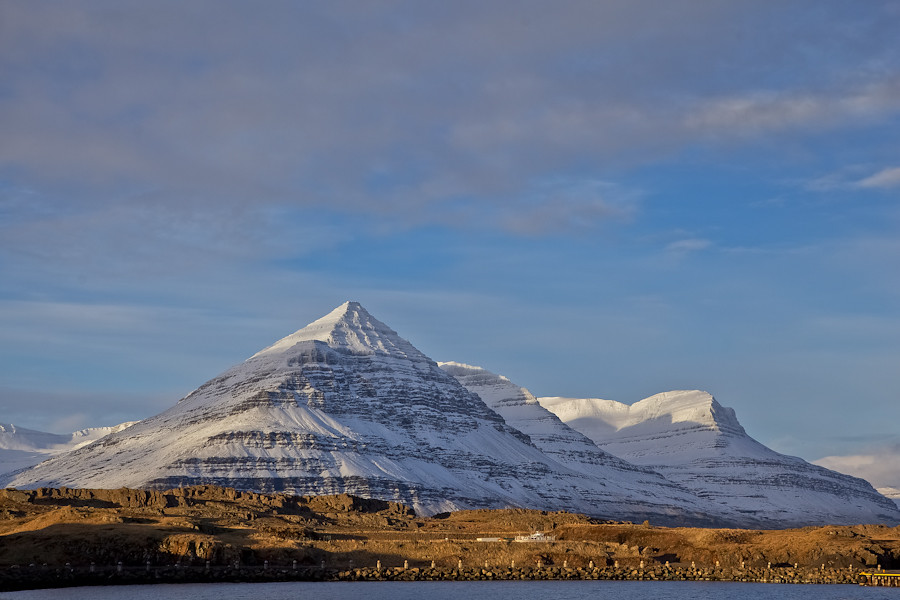
The picturesque and abrupt shapes of nunataks have often sparked theories of ancient civilizations, with some claiming that these peaks could be remnants of a long-lost society capable of constructing monumental architecture[9]. Such claims have been widely debunked. Scientific consensus suggests that the natural processes of glaciation and erosion are solely responsible for the formations seen today. Notably, structures identified in satellite images do not support any historical narrative of human construction, as evidenced by geologist Dr. Mitch Darcy, stating that 'this is just a mountain that looks like a pyramid'[3][11].
Notable Examples and Scientific Significance

One of the more famous nunataks is located in the Ellsworth Mountains, discovered during the British Antarctic Expedition of 1910-1913. This region features several peaks that have caught public attention due to their shapes[3][11]. Their scientific significance extends beyond aesthetics; researchers can study the rock and sediment exposed on nunataks to glean information about the Earth’s climate history and geological evolution[10][12].
Furthermore, the geographical distribution of nunataks suggests they acted as refuges during the Quaternary glaciation. As glaciers surged and receded, these isolated peaks provided safe havens for flora and fauna, shaping current ecological patterns as species dispersed from these high-altitude islands[4][8].
Conclusion

While the allure of discovering ancient pyramids in Antarctica captivates the imagination, it is essential to recognize nunataks for what they truly are: products of natural geological processes formed through millennia of glacial activity. These magnificent structures not only provide vital insights into Earth's climatic past and present but also serve as crucial habitats for unique species in the icy wilderness. As scientific research continues to shed light on these amazing formations, our understanding of the Earth's history and ecosystem dynamics will undoubtedly deepen, reinforcing the importance of these solitary peaks in the ongoing narrative of our planet.
Let's look at alternatives:
- Modify the query.
- Start a new thread.
- Remove sources (if manually added).
- Request a manual search from our human research team.
Let's look at alternatives:
- Modify the query.
- Start a new thread.
- Remove sources (if manually added).
- Request a manual search from our human research team.
Get more accurate answers with Super Search, upload files, personalised discovery feed, save searches and contribute to the PandiPedia.
Let's look at alternatives:
- Modify the query.
- Start a new thread.
- Remove sources (if manually added).
- Request a manual search from our human research team.
Let's look at alternatives:
- Modify the query.
- Start a new thread.
- Remove sources (if manually added).
- Request a manual search from our human research team.
Overview
The digital nomad lifestyle—defined by freedom to work and travel from anywhere—offers many benefits but also carries a number of health risks. Multiple studies and articles note that the lack of a fixed routine and constant relocation can introduce physical, mental, and social challenges. Research from various sources highlights issues such as isolation, burnout, disrupted sleep, poor nutrition, and inadequate healthcare access as frequent risks faced by remote workers on the move[1][2][3][4].
Physical Health Challenges
Digital nomads risk various physical health issues arising from the demands of remote work and constant travel. Several sources emphasize that the sedentary nature of remote work can cause musculoskeletal problems, poor posture, and low levels of physical activity if routines are not maintained[6][15][20]. Limited access to proper exercise facilities, coupled with irregular meal routines and reliance on fast or processed foods, can contribute to weight gain and nutritional imbalances[7][11][24]. Additionally, disrupted sleep patterns due to changing time zones and inconsistent sleeping environments have been reported, which can lead to fatigue and diminished immune function[14][15][20]. Overall, without conscious efforts to maintain physical fitness through bodyweight exercises, outdoor activities, and healthy eating habits, nomads may experience increased risk of chronic conditions and reduced well-being[9][18].
Mental Health Risks
Mental health concerns are among the most commonly reported risks of the digital nomad lifestyle. Nearly all sources stress that loneliness and isolation due to constant movement and shifting social networks can lead to stress, anxiety, and even depression[1][4][10][17][23]. The loss of stable routines and face-to-face interactions can increase feelings of disconnection and emotional fatigue, making it harder to manage work pressures and personal challenges[5][13][16]. Numerous articles underline that without a consistent support network or community, digital nomads often experience burnout. This is compounded by the pressure to maintain productivity in unfamiliar environments, which can further exacerbate anxiety and lead to mental exhaustion[13][19][23].
Work-Life Balance and Social Connectivity

An inherent challenge of the digital nomad lifestyle is balancing work commitments with personal time. When work and leisure blur—often because one is working from the same space used for living—the risk of burnout increases dramatically. Experts recommend setting clear work hours and establishing routines to counteract the negative effects of overwork and unstructured time[3][12][18]. Social isolation is a related issue; as digital nomads frequently change locations, maintaining long-term relationships can be difficult, leading to a loss of emotional support and increased feelings of homesickness[4][12][16][23]. Many articles suggest that building a network through coworking spaces, local meetups, and maintaining regular remote contact with friends and family is vital to mitigate these risks[9][22].
Technology and Environmental Factors
Unreliable internet connectivity and poor work environments can also pose health risks. Multiple accounts describe situations where essential work calls or deadlines are compromised due to unstable wifi or disruptive surroundings, which in turn heightens stress and anxiety[8][19]. Furthermore, environmental factors such as noise, overcrowded shared accommodations, and inadequate ergonomic setups contribute to both physical discomfort and mental strain[9][20][24]. These issues emphasize the importance of having backup plans—like coworking spaces or local sim cards—to maintain consistent work conditions and reduce health-related risks.
Strategies for Mitigating Health Risks
Several practical strategies are recommended to counteract the health risks associated with digital nomadism. For physical health, establishing routines for regular exercise (using bodyweight workouts or local fitness activities), creating an ergonomic workspace, and maintaining a balanced diet through meal planning are key[3][7][11][20][24]. To address mental health, it is advised to stick to a daily schedule, integrate mindfulness practices such as meditation or journaling, and actively seek social interactions both online and in person[1][10][13][22][23]. Moreover, consistent sleep routines and proper hydration are crucial for ensuring long-term energy and well-being[14][15][18]. In addition, obtaining comprehensive international health insurance and researching local healthcare options before arrival are steps that help protect against emergencies and contribute to overall safety[18][21][24].
Conclusion
The digital nomad lifestyle, while attractive for its flexibility and adventure, is not without significant health risks. From physical issues like poor posture, disrupted sleep, and nutritional challenges to mental health concerns such as loneliness, burnout, and anxiety, the lack of structured routines and stable social networks can have a profound impact on well-being. However, informed strategies—ranging from establishing healthy daily routines to creating supportive community networks—can help mitigate these risks. For digital nomads, prioritizing both physical and mental health is paramount to enjoying a sustainable and fulfilling lifestyle while navigating the unique challenges of constant travel and remote work[1][2][3][4][5][6][7][8][9][10][11][12][13][14][15][16][17][18][19][20][21][22][23][24].
Let's look at alternatives:
- Modify the query.
- Start a new thread.
- Remove sources (if manually added).
- Request a manual search from our human research team.
Let's look at alternatives:
- Modify the query.
- Start a new thread.
- Remove sources (if manually added).
- Request a manual search from our human research team.




